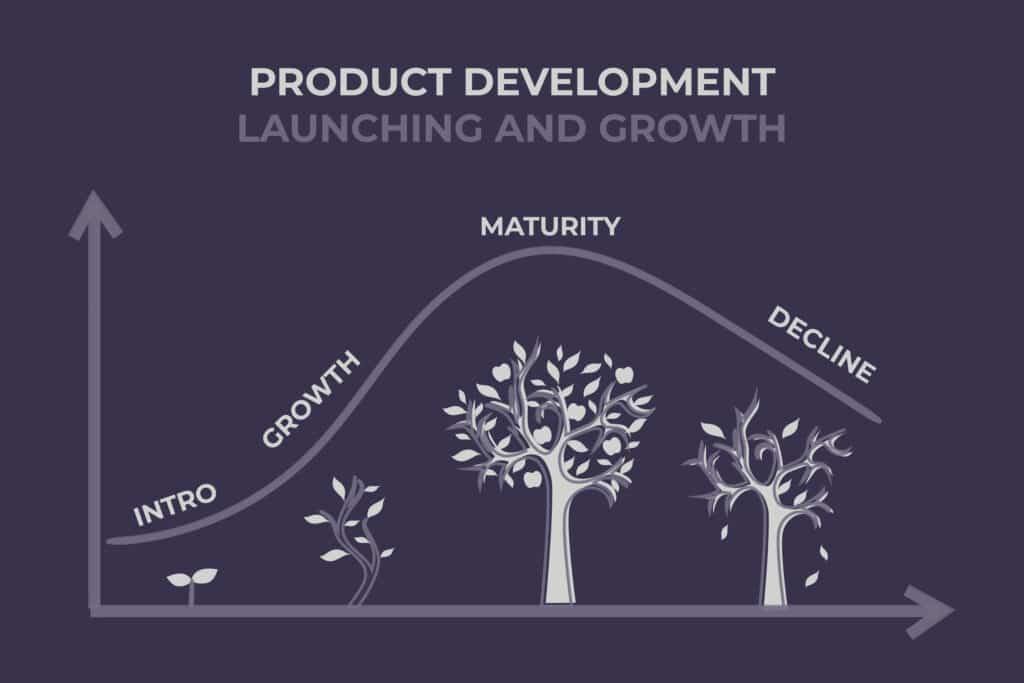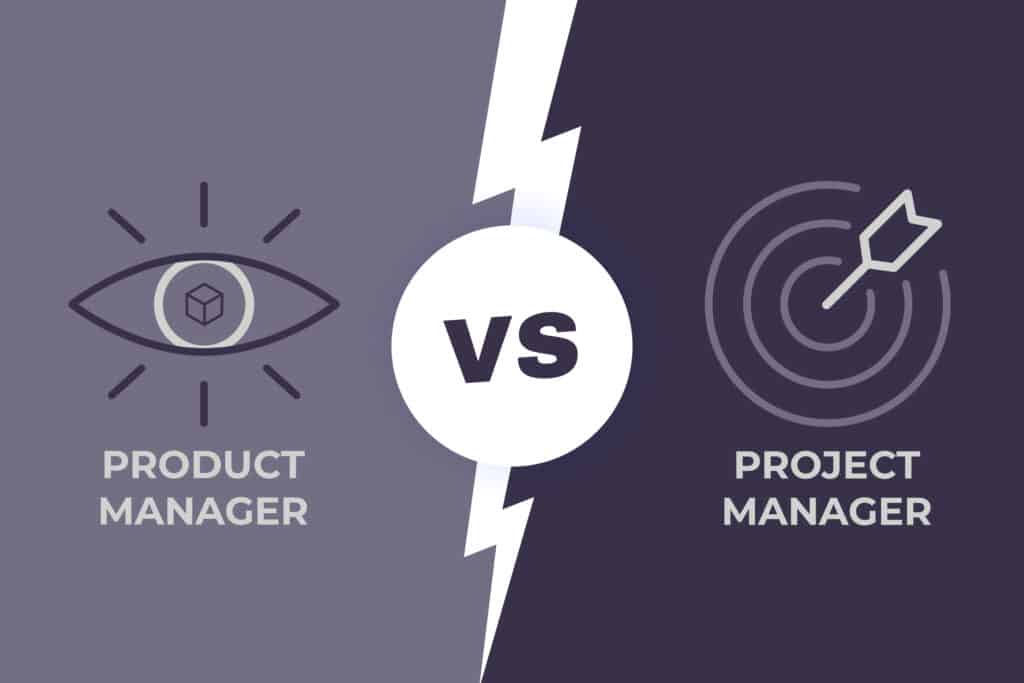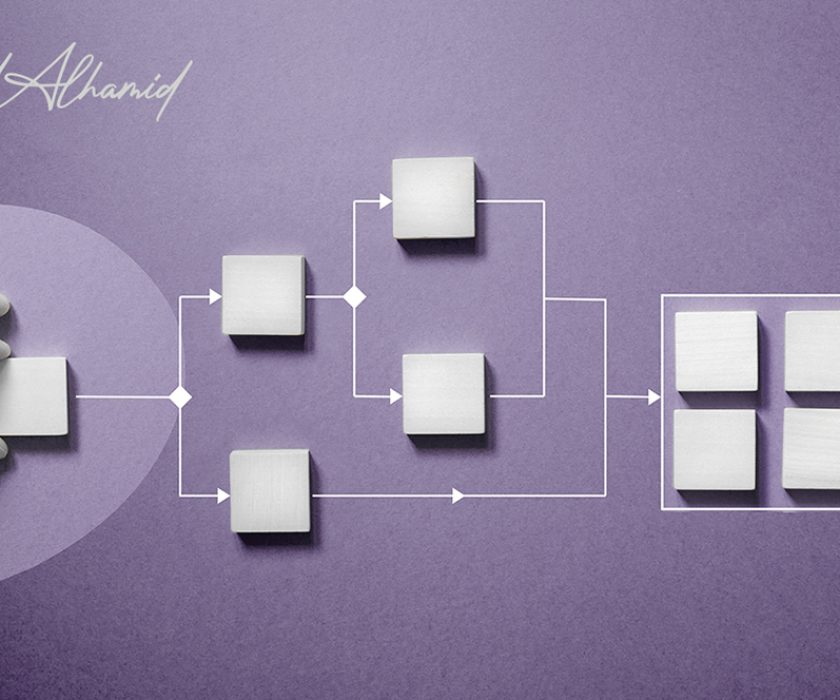In my many years working in the business world, I’ve worn many hats. As an entrepreneur with a passion for new ideas, supporting innovative business ventures is part of my identity. I originally started my career as a GIS specialist, and I’m also currently a product manager specializing in digital products.
All of these aspects of business are the components that make me who I am today as a professional. The various experiences I had helped me develop a new perspective in all business aspects. But in this article, I want to address one aspect of my professional experiences which is product management.
Over the years, I came across several situations that made me think clarification is required regarding what a product manager’s role is, why it is important in developing and creating new products, and why it’s important to distinguish a product manager’s role from other roles or job titles to avoid confusion and even conflict in the workplace.
Whether you’re a business owner looking for a product manager to help achieve your vision of your product or you want to become a product manager yourself, this article is for you.
What is the product manager’s role?
Unlike any other role involved in digital product development, the product manager’s role begins before the creation of the product itself. Once the founders, also known as the stakeholders, get an idea for a new product or service, the product manager’s journey with the product begins.
Product Ideation & Planning

Then, the product manager must work with the stakeholders to pivot the product idea based on the idea validation process’s findings to match the customers’ needs and other market aspects such as competition.
During this step, the product manager assists the stakeholders in defining the product’s vision and objectives. In other words, together, they determine what the product should look like, how it should work, and what’s the goal of making and using this product.
In the last step of the planning phase of the product’s lifecycle, the product manager assists with valuable input in the process of creating a business model to help identify the product’s viability, desirability, and feasibility.
Setting & Prioritizing the Product’s Requirements

During this part of the product manager’s job, he/she is required to work with cross-functional teams such as analysts, designers, and developers as well as the stakeholders to communicate the specific requirements of each feature from the non-technical side to the technical one.
The product manager should communicate the new features’ requirements to guide the design team to create wireframes, prototypes, and UX/UI designs to accurately convey the vision of the product to the development teams responsible for the product’s execution.
This part of the product manager’s job is often the reason why the role is overlapped or is confused with other roles such as project managers or technical team leaders. But more on that in the next section of the article!
Product Development, Launching, and Growth

The product manager participates and collaborates with all teams involved in the product development, marketing, and selling of the product for as long as the product is being created and offered in the market. The reason for this is that it’s the product manager’s responsibility to make sure that every team is following not only the product’s requirements but vision and objectives as well.
While the product’s features, design, or even functionality might change, the vision and objectives that were set in the ideation stage should remain consistent across the entire product’s lifecycle. This is why the product manager is responsible for the product in all of its phases.
So, if we want to put the product manager’s job essence in one word, it would be product vision which will later contribute to determining the project’s scope.
Making The Product Manager’s Role Distinction
As you gathered from the product manager job or role description, this role often overlaps with other leadership roles involved in the product or service development and creation process. Due to this overlap, the product manager position is often confused with project managers and team leaders.
So, the first and most important distinction to make about the product manager is that she/he does not lead or manage people. As the title indicates, the product manager manages the product itself and should not be involved with teams beyond his/her role to provide user stories or prototypes, for example.
This means that the product manager is not concerned with the team members’ performance, attitudes, or inner conflicts.
Now, let’s take a closer look at the two roles that are most commonly confused with the product manager role.
Product Manager vs. Project Manager

So, if you are a product manager, you must be aware not only of your role and responsibilities but of those of a project manager as well in order to be able to draw your professional boundaries.
If you focus on both titles, you’ll be able to see a fundamental difference. The project manager is tied to a specific project like developing a new app, for example.
Since the project manager is responsible for the project’s deliverables, this role ends with the fulfillment of the project’s requirements.
So, comparing this to the product manager’s involvement, you can see that product managers are there for the long run, while project managers are involved for shorter spans of time, based on a specific project.
Another key difference is that project managers are responsible for delivering specific outcomes to the stakeholders within a specific timeline. Product managers, on the other hand, are responsible for the general performance of the product before and during development as well as the rest of its lifecycle.
Lastly, the project manager is given objectives or certain deliverables that she/he is required to deliver within the required duration of the project. The product manager is the one who sets those objectives or deliverables based on his vision of the product and the stakeholders’ requirements.
So, as a product manager, you are not responsible for making sure the project is on schedule, deliverables, or people management as those are parts of the project manager’s job scope.
Product Manager vs. Team Leader
Another role that is often mixed with product management is team leadership. While the first thing you learn about being a product manager is that you do not manage people or teams of any kind, you do have to work with all teams on the product’s development to provide vision, requirements, wireframes, and prototype specifications among other things.
Because of the product manager’s involvement with other teams, the role is often confused with tasks that fall under the team leader’s scope.
This misconception leads to huge hurdles that will not only be an obstacle for the product manager but can also affect the whole team negatively.
This is why it’s important to be aware of the boundaries of your role and make those boundaries clear to the development teams and the stakeholders alike.
While a product manager must work with every single role that is involved in product development, she/he is only collaborating with them, not leading or managing them at any point.
Since the product manager’s main focus is the product vision and objectives’ success, he might need to enforce this vision, but a successful product manager would achieve this using only his unique communication skills.
So, if the product manager is not managing the team, who is?
Well, that’s the technical team leader territory! The technical team leader should not only be responsible for the technical progress and performance of her/his team but also for the members’ ability to collaborate in a harmonious way for the benefit of the development process.
Differences Between Product Managers and Other Roles
The roles of project managers and team leaders are not the only ones that often get confused and overflow into the product manager’s role. For example, you must differentiate between a product manager’s role and that of a scrum master, product owner, and business analyst.
In this section, we’re comparing the product manager’s role to the rest in terms of scope, deliverables or objectives, and timeline.
1- Product Manager (PM)
- Scope: Strategic product planning by analyzing and defining features based on business challenges and market needs, defining development priorities using roadmaps, and monitoring the product’s KPIs.
- Timeline: Across the product’s entire lifecycle.
- Objectives: Aligning the product’s specs and features with the customers’ needs, business objectives, and market trends.
2- Product Owner (PO)
- Scope: Smaller scope revolving around Agile Methodologies. A product owner only manages and prioritizes requirements already set by the product manager such as backlogs, user stories, and roadmaps.
- Timeline: The current development sprint or iteration of the product’s Agile development.
- Objectives: Ensuring the achievement of the sprint’s backlog.
3- Business Analyst (BA)
- Scope: Gathering, analyzing, and translating business requirements into technical requirements.
- Timeline: Within the specific time scope of a project. Just like a project manager.
- Objectives: Align the technology solutions such as apps and software programs with the business vision.
4- Team Leader (TL)
- Scope: Managing their team members by providing guidance, support, and instructions as well as resolving conflicts within the team.
- Timeline: The time scope of the project or a task assigned to the team.
- Objectives: Ensuring a good working environment, creating a productive atmosphere for the team, and ensuring the delivery of the technical requirements of the project.
5- Project Manager (PjM)
- Scope: Managing resources for a specific project including team capacity planning, timeline, budget, and other resources.
- Timeline: The specified duration of the project
- Objectives: Achieving and delivering the project’s specified goals or outcomes within a defined timeframe
6- Scrum Master (SM)
- Scope: Implement Agile methodologies during the development process by planning and reviewing sprints and conducting daily standup meetings.
- Timeline: Within the project’s time scope with a specific focus on sprints or iterations.
- Objectives: Enable the team to effectively function and perform within the Agile development methodologies.
Conclusion: Product Management Can Be Fun & Rewarding!
Compared to any other role involved in the product’s lifecycle, product management is by far the most enjoyable and rewarding in my opinion. product managers are the creators of the future as they make customers’ lives easier and more enjoyable.
While other roles come and go depending on the product’s current lifecycle phase, as a product manager, you get to see the whole picture from the beginning. Getting to see the vision you created with the stakeholders become a reality and grow before your eyes in unmatched satisfaction.
Getting excited about new challenges because you see the opportunities those challenges bring to the product is a pleasure reserved only for product managers.
It’s important to note that product managers are not and should not be receiving requirements from other roles. Rather, they receive the challenge from the stakeholder or collect data about the customer’s problem, and then create the requirements for the product features that will solve the challenge or the problem
Finally, The important thing is to know your role, and other people’s roles, make the distinction, and apply it. This way you can be a successful product manager and have your professional fun at peace!




